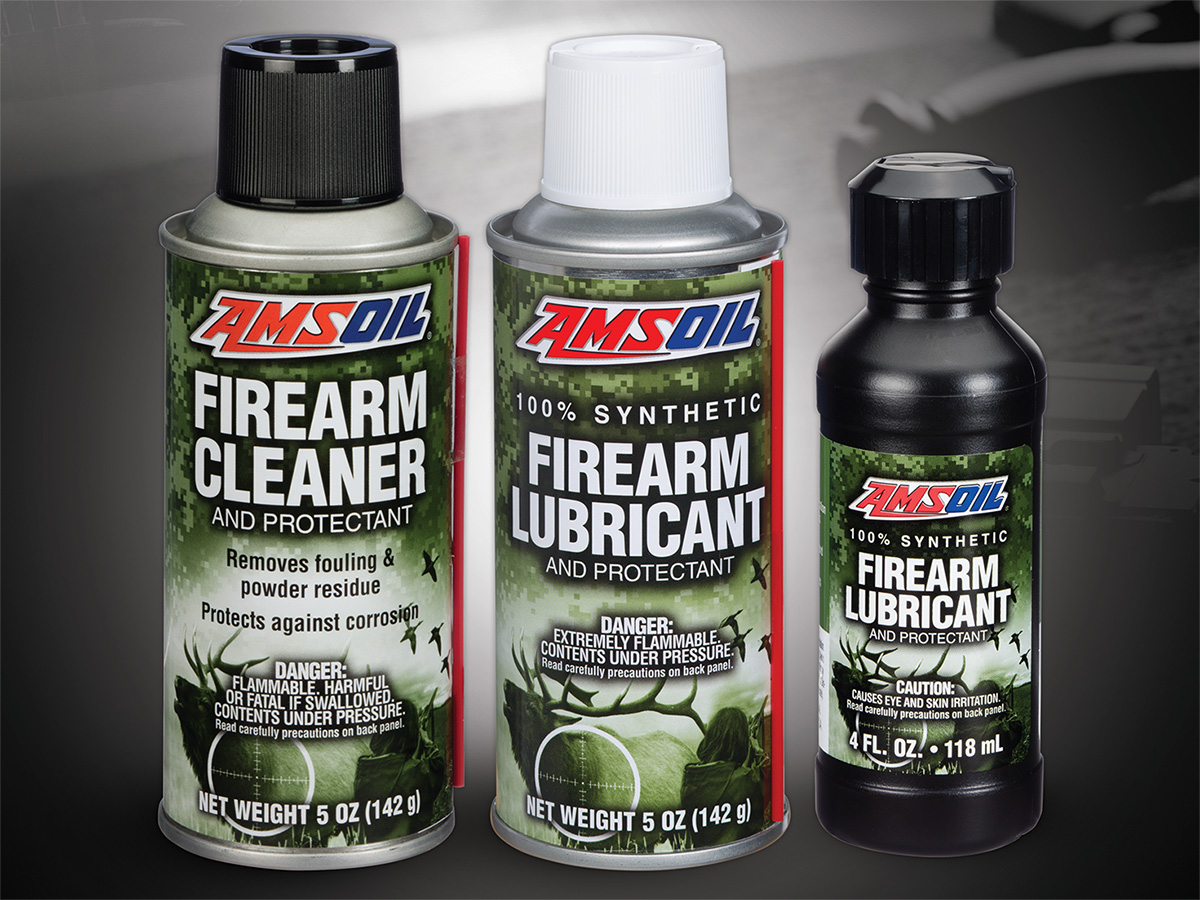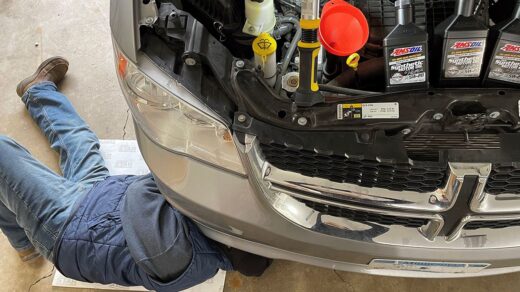Protect Your Firearms and Improve Their Reliability _by David Hilgendorf | September 29, 2023 One in three Americans owns a firearm, and they need their guns to perform flawlessly when called upon. The moving parts on firearms must be cleaned and lubricated to ensure top performance and long life. It’s important to perform regular maintenance […]
You are browsing archives for
Tag: synthetic
How Do I Switch from Conventional to Syn...
How Do I Switch from Conventional to Synthetic Oil? You don’t need to do anything special before you switch to synthetic oil after having used conventional oil. _by John Baker| Aug 11, 2023 To borrow a famous slogan, just do it. You don’t need to take any special steps before you switch to synthetic motor […]
Why Your Marine Lower Unit Needs Regular...
Why Your Marine Lower Unit Needs Regular Service Though your marine motor gets all the attention, your boat isn’t going anywhere without the lower unit. Its combination of gears, bearings and other components turn horsepower into movement. Lower units are resilient and can last for years – provided you service them annually. Here, we reveal […]
Engine start-stop technology – Major Wea
Engine start-stop technology can increase bearing wear Use only the best quality oil in these engines as the crankshaft needs to float. Even the “so called synthetics” don’t dampen the metal to metal issues mentioned below nearly as well as AMSOIL and you can tell due to the reduction in vibration or more consistent oil […]



